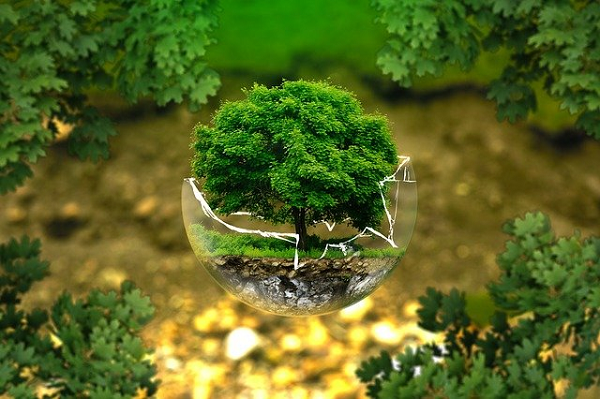
Green chemistry (or sustainable chemistry) is an interdisciplinary field dedicated to designing, manufacturing, and using chemicals without endangering human health and damaging the environment with toxic pollutants.
Because I wanted to support the ideas of green chemistry in my everyday life, I started to use only soda and vinegar to clean my toilet.
Green chemistry focuses on the entire life cycle of a chemical product. The aim is to ensure that the manufacture of a chemical is itself not harmful and that its degradation products do not persist in the environment and/or human body. Green chemistry is based on the idea that it is better to reduce or eliminate the use of harmful substances than to focus on their elimination after they are released into the environment. Paul Anastas, a chemist who is today a professor of chemistry and the environment at Yale and who previously was a scientific advisor to the U.S. Environmental Protection Agency, is credited with defining the fundamental principles of green chemistry. These principles include, among others, finding less dangerous ways of synthesizing chemicals, eliminating or reducing the use of solvents, using renewable materials in chemical production wherever possible, and designing products that degrade into harmless substances after the end of their useful lives.
Zelená (nebo udržitelná) chemie je mezioborový myšlenkový proud zabývající se navrhováním, výrobou a použitím chemikálií tak, aby neohrožovali zdraví lidí a neničili životní prostředí škodlivými látkami.
Protože jsem chtěl podpořit myšlenky zelené chemie i ve svém každodenním životě, začal jsem používat k čištění své toalety pouze sodu a ocet.
Zelená chemie se zaměřuje na celý životní cyklus chemického produktu. Cílem je zajistit, aby výroba chemického produktu samotná nebyla škodlivá, ale také, aby produkty rozkladu daného produktu nezůstávaly v lidském těle a životním prostředí. Zelená chemie je založena na myšlence, že je lepší redukovat nebo eliminovat použití škodlivin než se zaměřovat na jejich eliminaci až poté, co jsou vypuštěny do životního prostředí. Základní principy zelené chemie definoval Paul Anastas, chemik, který je dnes profesorem chemie a životního prostředí na univerzitě Yale a který dříve pracoval jako vědecký poradce u amerického úřadu pro životní prostředí. Mezi tyto principy patří mimo jiné nacházení méně nebezpečných způsobů syntézy chemikálií, eliminace nebo redukce použití rozpouštědel, použití obnovitelných materiálů v chemické produkci kdykoliv je to možné a navrhování takových produktů, které degradují na neškodné látky poté, co skončí jejich životnost.
English Editorial Services’ mission is to assist international businesses and organizations of all sizes to communicate clearly, correctly, and persuasively with their business partners and target audiences.
Simply subscribe to receive our Business Term of the Day at no charge to your inbox each business day, with explanation in English and Czech.



English Editorial Services’ mission is to assist international businesses and organizations of all sizes to communicate clearly, correctly, and persuasively with their business partners and target audiences.
Simply subscribe to receive our Business Term of the Day at no charge to your inbox each business day, with explanation in English and Czech.

